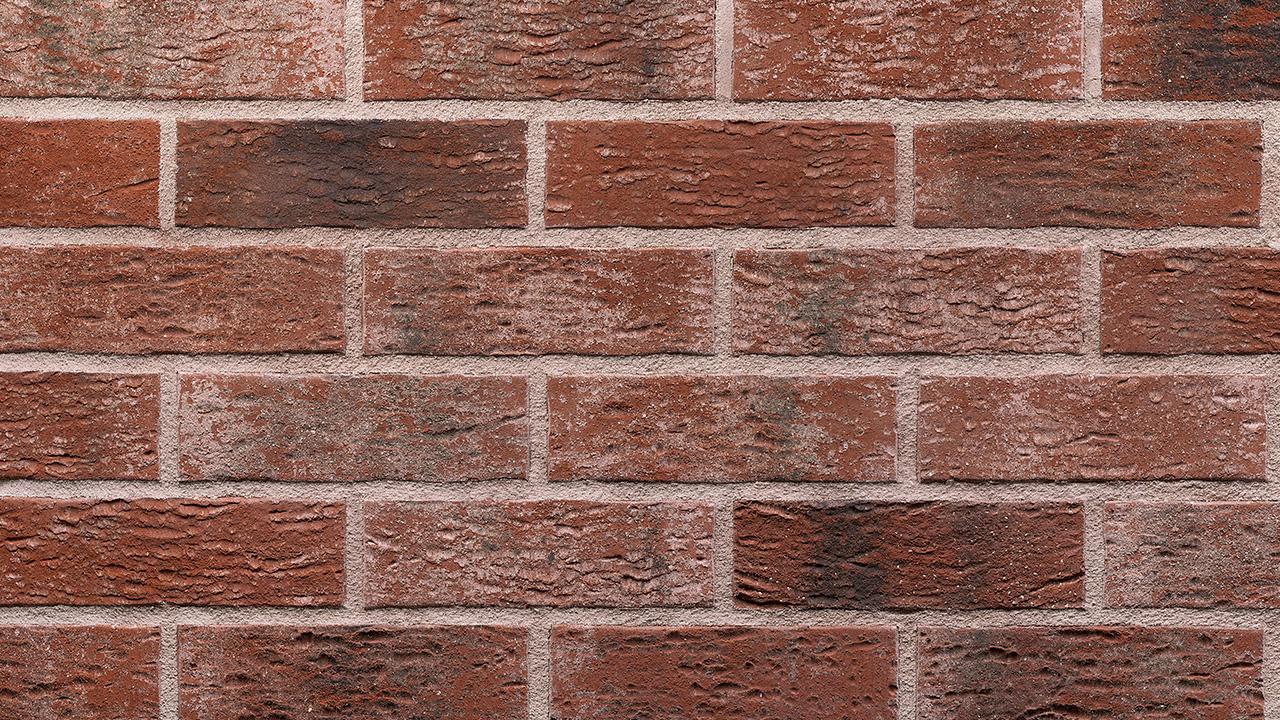Origins of Dutch Brick
The Dutch tradition of brickmaking can be traced back to the 13th century. Early settlers in the low-lying Netherlands found that locally produced clay bricks were ideal building materials that were durable, inexpensive and able to withstand the wet conditions. Some of the earliest brick buildings still standing in the Netherlands date back to this time period and showcase the classic red brick construction ubiquitous in Dutch architecture even today.
In the 14th-16th centuries, many towns and cities in the Netherlands began developing guilds that specialized in brickmaking and tiled roof construction. Strict regulations were put in place to ensure consistent quality and sizing of bricks being produced. Large brick kilns were built near sources of clay and rivers for easy transportation of finished products. Several regional styles of brickmaking developed, distinguished by subtle differences in color, texture and bond patterns.
Modernization and Mass Production
In the 19th century, the Industrial Revolution began transforming the traditional methods of Dutch brickmaking. Larger, more efficient kilns and factories using improved firing techniques started replacing smaller workshop-style operations. Mechanization allowed for faster, higher volume production. New kilns designs utilizing coal instead of wood as fuel produced bolder, more vivid shades of red and orange in the finished bricks.
By the 1920s, several major Dutch Brick companies had emerged as prominent national brands with large brickworks strategically located near centers of construction demand. Innovations like wire-cutting machines and mechanical molding enabled ultra-precision cutting and consistency not possible through hand-molding. New bonding patterns were devised to further speed up bricklaying. Mass transport networks efficiently delivered bricks across the country and for export. The Dutch brick industry was well on its way to modern industrial scale production.
Characteristics and Qualities
Traditional Dutch brick has a distinctive appearance thanks to local clay composition and firing methods refined over centuries. The tiles are flat and vary from pale orange to deep brick red in color. Surfaces are often textured with a speckled or rough finish attributed to impurities in regional clays. Dutch bricks are also unusually dense and impermeable, helping them withstand deterioration from frequent snow, rain and frost.
Their exacting rectangular dimension and precision angled edges facilitate fast, neat bonding patterns. Joints are nearly invisible once mortar sets. Dutch brick is both aesthetically pleasing and highly functional for its water resistance, insulation properties and durability. Proper installation can see structures standing strong for hundreds of years with little maintenance required. No wonder it remains the material of choice for iconic Dutch architecture across office buildings, homes and civic structures alike.
Sustainability and Reclaimed Brick
As sustainability becomes an increasing priority, Dutch brick producers have been strengthening their eco-friendly credentials. Many kilns today use alternative biomass or natural gas instead of fossil fuels to dramatically reduce carbon footprints during firing. Recycled materials recovered from demolition sites are incorporated into new batches of clay. Water usage is also optimized through closed-loop systems that reuse washwater.
Reclaimed brick salvaged from older structures is another growing segment of the industry. Carefully dismantled antique brick is cleaned, sorted and re-purposed for restoration projects that value antique character and patina. Individual artisans also repurpose vintage brick into sculptures, garden borders and other architectural accents. The intrinsic sustainability of durable clay brick paired with reclamation ensures this traditional building material remains relevant for modern green construction too.
Exports and Global Appreciation
With a centuries-old reputation for quality unmatched in many other countries, Dutch brick producers established highly successful export operations early on. Major ports shipped containers of brick worldwide, finding eager throughout Europe, Asia, Africa and the Americas appreciative of the brick's durability and aesthetic appeal.
Today, Dutch brick brands remain internationally renowned symbols of craftsmanship and reliability. While local construction boomed following World War 2 rebuilding efforts, exports also grew exponentially. Even amid fluctuating global economies and regional competitors, Dutch brick maintains a hard-earned reputation for its premium heritage that keeps demand strong all over the world.
From humble beginnings to modern industrialization, Dutch brickmaking has evolved tremendously over centuries while holding fast to traditions yielding an iconic building material. With increased eco-focus and thriving global exports, this historic craft shows no signs of losing relevance for innovative architects and discerning clients worldwide seeking sustainable, heirloom-quality construction. The future remains bright for the dynamic Dutch brick industry.
Explore Our More Blogs Here: https://www.newsanalyticspro.com/dutch-brick-pioneering-sustainable-architecture-with-innovative-building-materials/
Explore more trending article: https://coolbio.org/system-on-a-chip-soc-the-future-of-electronics/



